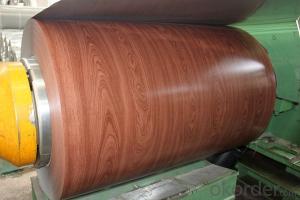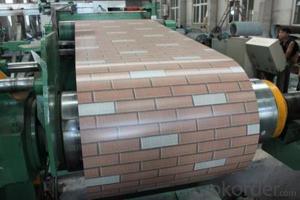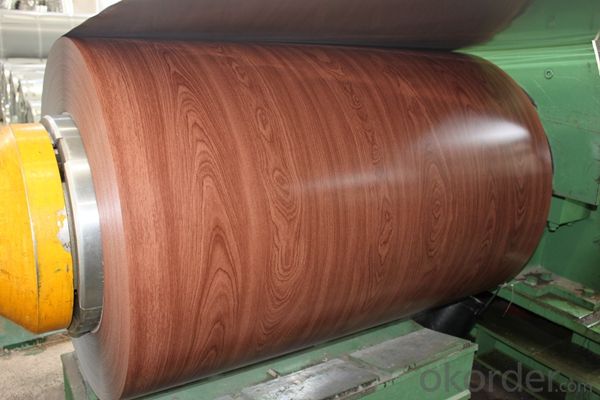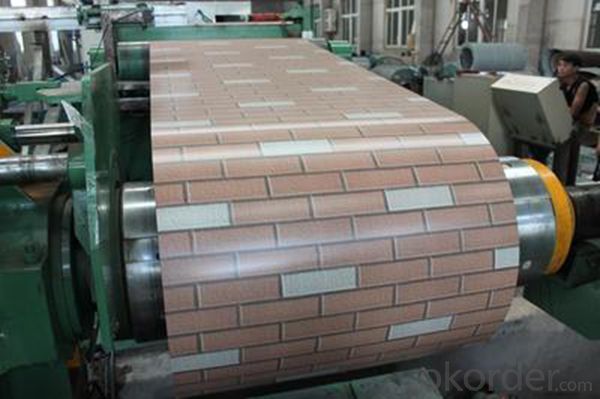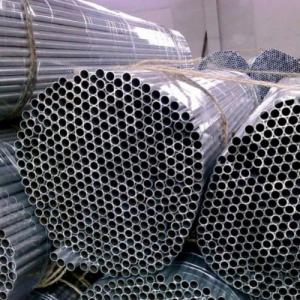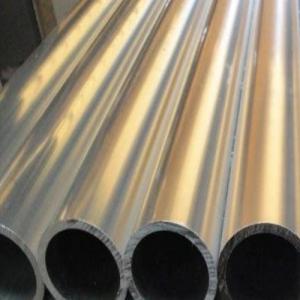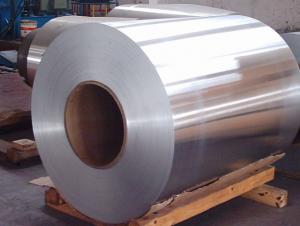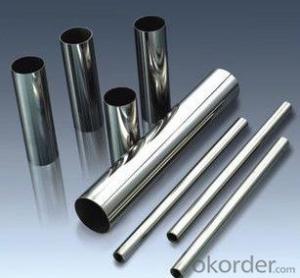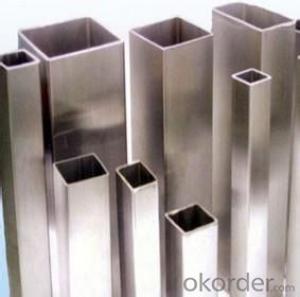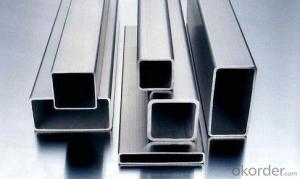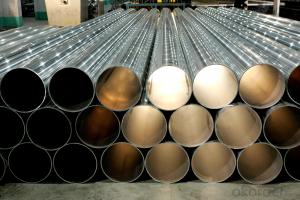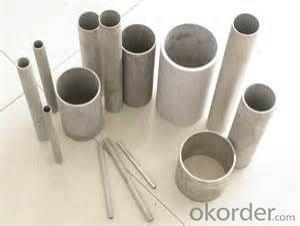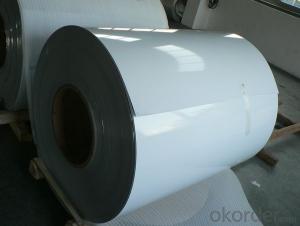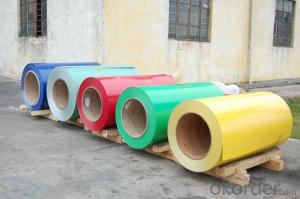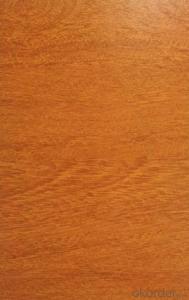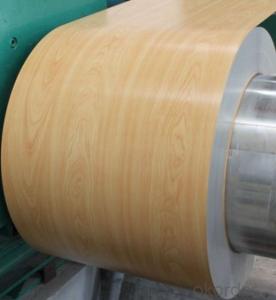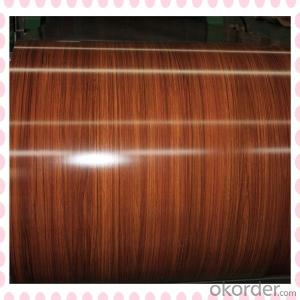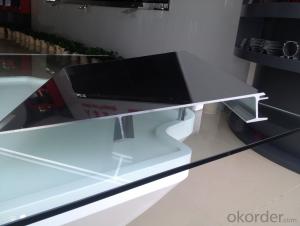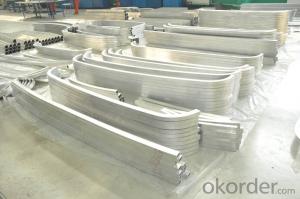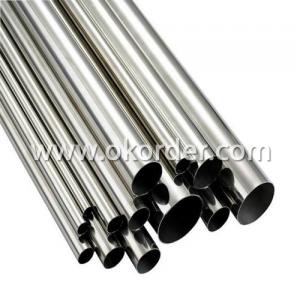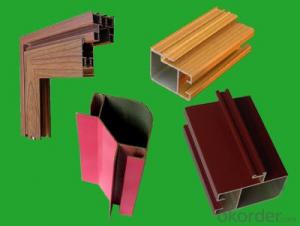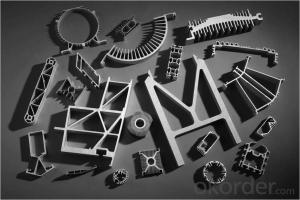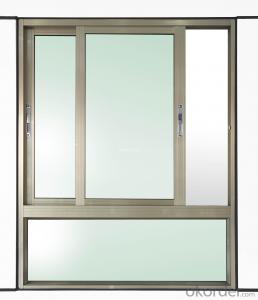Aluminum Pipes Wooden Coating Aluminium Coils for ACP Top Coils
- Loading Port:
- Shanghai
- Payment Terms:
- TT OR LC
- Min Order Qty:
- 5 m.t.
- Supply Capability:
- 10000 m.t./month
OKorder Service Pledge
OKorder Financial Service
You Might Also Like
Specification
1. Specification of Wooden Coating Aluminium Coils for ACP Top Coils
characteristics | Application |
1) Super peeling strength | 1) Building exterior curtain walls |
2) Excellent surface flatness and smoothness | 2) Decoration and renovation additions for old buildings |
3) Superior weather, corrosion, pollutant resistance | 3) Decoration of interior walls, ceilings, bathrooms, kitchens and balconies |
4) Even coating, various colors | 4) Shop door decorations |
5) Fireproof, excellent heat and sound insulation | 5) Advertisement board display platforms and signboards |
6) Superior impact resistance | 6) Wallboards and ceilings for tunnels |
7) Lightweight and easy to process | 7) Industrial materials, materials for vehicles and boats |
2. Application of Wooden Coating Aluminium Coils for ACP Top Coils
(1).Interior: wall cladding, ceilings, bathrooms, kitchens and balconies, shutters, doors...
(2).Exterior: wall cladding, facades, roofing, canopies, tunnels, column covers , renovations...
(3).Advertisement: display platforms, signboards, fascia, shop fronts...
3. Feature of Wooden Coating Aluminium Coils for ACP Top Coils
• Our goods quality is top, the surface is smooth, and every steel coil
• No Joint, No Bends, no spots, no roller marks.
• MTC will be provided with goods, third part inspection is acceptable, for example, SGS, BV. Etc
Be free from Oil Stain, Dent, Inclusion, Scratches, Stain, Oxide Dicoloration, Breaks, Corrosion, Roll Marks, Dirt Streaks and other defect which will interfere with use
4. Certificate:
SGS and ROHS(if client request, paid by client), MTC(plant provided), Certificate of Origin(FORM A, FORM E, CO), Bureau Veritas and SGS (if client request, paid by client), CIQS certificate
5. Image of Wooden Coating Aluminium Coils for ACP Top Coils
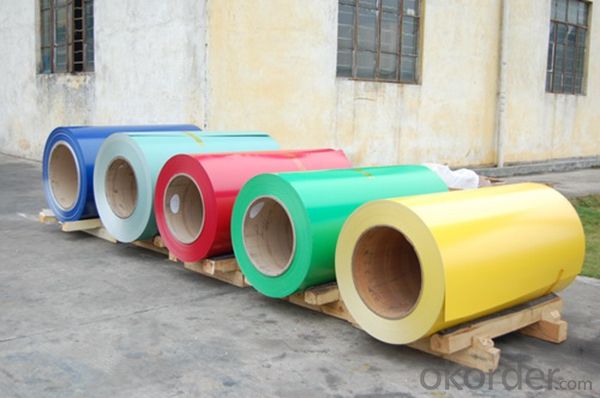
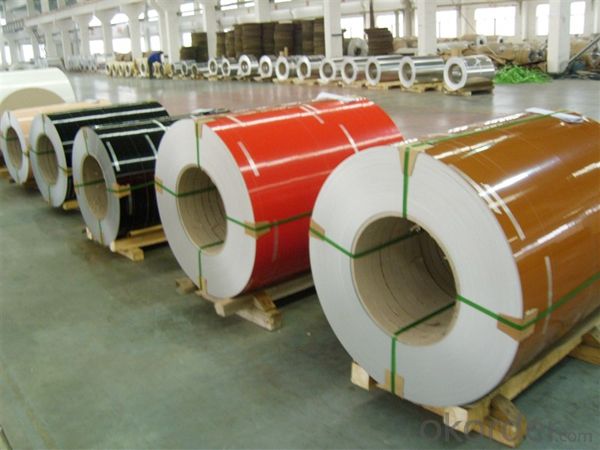
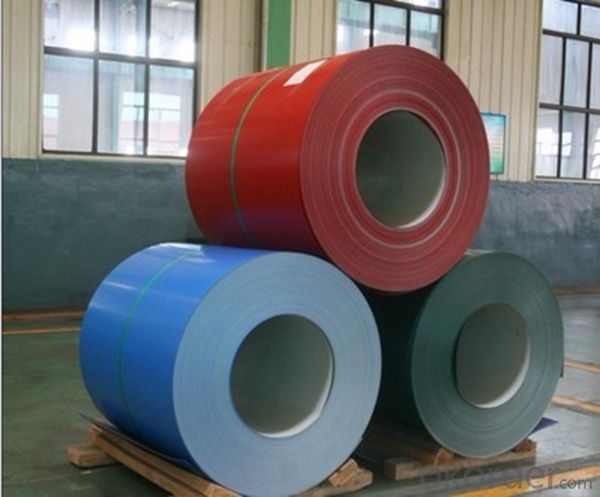
6. Package and shipping of Wooden Coating Aluminium Coils for ACP Top Coils
eye to wall
eye to the wall
with wood pallet (wooded case also available)
7. FAQ
1) What is the delivery time?
Dpends on actual order, around 20 to 35 days
2)What is the QC system:
We have QC staff of 20 persons and advanced equipment, each production is with MTC traced from Aluminum ingot lot.
3) What market do you mainly sell to?
Australia, America, Asia, Middle East, Western Europe, Africa etc
- Q: Do aluminum pipes require any special considerations for expansion joints?
- Yes, aluminum pipes do require special considerations for expansion joints. Aluminum has a relatively high coefficient of thermal expansion, meaning it expands and contracts more with temperature changes compared to other metals. This increased expansion can put stress on the pipes, so it is important to install expansion joints to accommodate this movement and prevent potential damage or failure.
- Q: 502 glue to aluminum and plastic cement do
- But if your plastic is POM or HDPE HDPE, nothing will stick,Such as PPPEABSPCPSPVCPA, and these are QIS-3008L glue, the effect is very strong
- Q: What are the so-called "aluminum tubes" and "copper aluminum tubes" in air conditioners? Is it the pipe in the outer machine, or the connecting pipe between the outside machine and the inner machine?What materials are used in general external machines? For example, Panasonic, Midea, GREE, Haier, Changhong, CHIGO, Galanz, what are these materials used?
- Said is the internal and external machine connecting pipe, in the current, all the air conditioning and internal and external machines are also used in copper pipe, but there are some brands of internal and external machine connecting pipe into aluminum tube
- Q: How can the aluminum pipe burr be convenient?Burr left by drilling
- The internal tube is burr! Not very long words can be a round drill clamp in the round head through a 1 mm wide and about 30 mm in the hole, and then put the paper cut up into 30 broad band card in the slot to rotate in the opposite direction wrapped up! Until Guan Zikong was slightly more than a little good! So you can clear burrs on the inner wall of the!
- Q: Aluminum seamless aluminium oxidation welding line how to do?
- If you decide to buy is seamless aluminium oxide, it is certainly not possible after the welding line, if there is a welding line, that is the hot extrusion of aluminum, aluminum is seamed we usually say, if it is oxidized welding line, there is no way to solve, can't use it can only be scrapped in fact, the hot extruded aluminum tube also can avoid the welding line, this time you have to order and that of the factory, this can be solved above the mold! At least your eye is very ugly after oxidation of a welding line. In fact, seamed pipe and seamless pipe mainly is the surface quality, but the mechanical properties!
- Q: Can aluminum pipes be bent or shaped easily?
- Yes, aluminum pipes can be bent or shaped relatively easily due to their malleability and ductility.
- Q: How to obtain hollow aluminum tubes such as drawings by rolling?
- Use mould to be able to do, do not know size, thickness, cannot decide what craft!
- Q: Does the air conditioner have a good copper tube or an aluminum tube?
- Copper, of course. Copper has shrinkage, ductility, and high prices
- Q: Does the refrigerator pipe system leakage within the snow, what glue trap.... I am not burning burning aluminum.
- Acetone cleaning leak geliahao ab patch.AskCan I use it in the high pressure pipe?Chasing the answerHigh pressure pipe can not, high pressure broken, you can replace the condenser.
- Q: What are the top ten enterprises in China's aluminium pipe industry?
- 8 Zhensheng aluminum (famous brand, Chinese aluminum top ten enterprises, Changsha Shinn Plastic Group Co. Ltd.)9, the court aluminum (China well-known trademarks, China aluminum profile ten enterprises, the court aluminum Polytron Technologies Inc)10 pillars of new materials (China famous brand, China Aluminum ten, Zhejiang pillars, new material Limited by Share Ltd)
Send your message to us
Aluminum Pipes Wooden Coating Aluminium Coils for ACP Top Coils
- Loading Port:
- Shanghai
- Payment Terms:
- TT OR LC
- Min Order Qty:
- 5 m.t.
- Supply Capability:
- 10000 m.t./month
OKorder Service Pledge
OKorder Financial Service
Similar products
Hot products
Hot Searches
Related keywords
